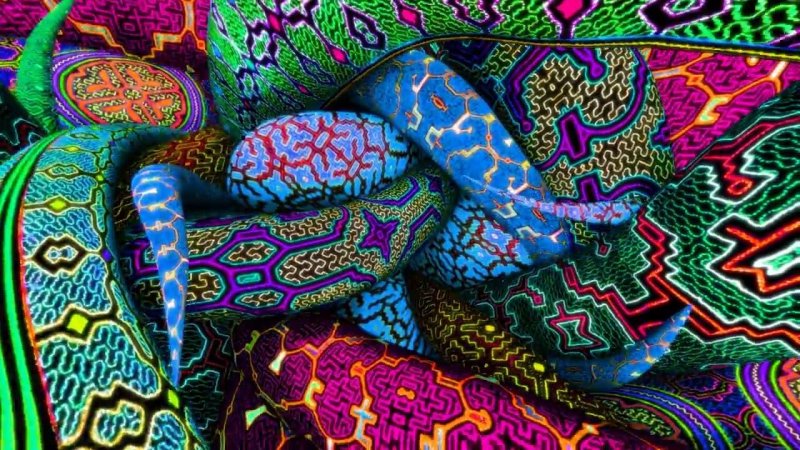Some 50 years later, Jack Cowan of the University of Chicago set out to reproduce those hallucinatory form constants mathematically.
…
In a seminal 1979 paper, Cowan and his graduate student Bard Ermentrout reported that the electrical activity of neurons in the first layer of the visual cortex could be directly translated into the geometric shapes people typically see when under the influence of psychedelics. “The math of the way the cortex is wired, it produces only these kinds of patterns,” Cowan explained recently. In that sense, what we see when we hallucinate reflects the architecture of the brain’s neural network.
…
An emerging hypothesis points to a variation of the mechanism that produces so-called “Turing patterns.” In a 1952 paper, the British mathematician and code-breaker Alan Turing proposed a mathematical mechanism for generating many of the repeating patterns commonly seen in biology — the stripes of tigers or zebra fish.
…
Experiments have shown that hallucinogens like LSD appear to disrupt the normal filtering mechanisms the brain employs, perhaps boosting long-range inhibitory connections and therefore permitting random signals to amplify in a stochastic Turing effect.
Read full, original post: A Math Theory for Why People Hallucinate































